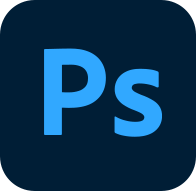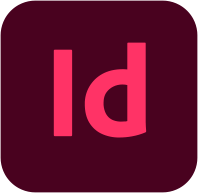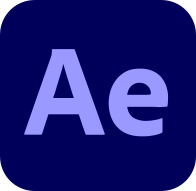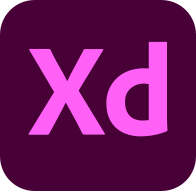Start a Bachelor of Design this February 2026 intake to take advantage of our new JMC Design Scholarship!
30% reduction in course fees. See details and T&Cs
Design (Visual Communication) at JMC
At JMC, design is how bold ideas come alive. You’ll learn to craft visuals that challenge the ordinary, connect people, and create real impact. You’ll think like a designer: curious, human-centred, and fearless, turning raw ideas into purposeful experiences across digital and physical worlds. Throughout the course, you’ll design for the real world, creating album art, theatre posters, websites, and merchandise in collaboration with artists, musicians, and performers who share your creative drive. Taught in a studio-led environment that mirrors industry practice, you’ll graduate with a distinctive portfolio, hands-on experience, and the confidence to launch your design career.
Why Study Design at JMC
Career outcomes
JMC Design graduates shape the visual language of brands, campaigns, and experiences across print, digital, and interactive media. From logos and layouts to motion graphics and immersive design, this hands-on course prepares you for real roles in a rapidly evolving creative industry. A career in design can take you anywhere ideas are brought to life.
Who is this for?
This course is for creative thinkers who see design as a way to connect ideas, spark change, and shape the world around them. It suits those who want to solve real-world problems visually, from branding and digital experiences to motion graphics and print.
Ideal for aspiring designers, art directors, and creative strategists, it’s for individuals who want to explore design thinking, master industry software, and build a portfolio that leads to roles across graphic, digital, and UX design.
Learn from industry Experts
Kevin's Story
From JMC graduate to Graphic Designer - discover how Kevin turned his passion into a career at one of Australia's leading brands, Coles Group.
What you learn
You’ll build the creative and technical skills to design with purpose and bring ideas to life across digital and motion platforms. Learn how to plan, prototype, and execute creative concepts that solve real-world problems across visual, interactive, and spatial design.
What you gain
Graduate with a standout portfolio and the confidence to present your ideas professionally, ready for roles in graphic design, branding, UX/UI, or creative direction.
Design Showcase
Check out more stories from our Design (Visual Communication) students.
Industry-Standard Tech and Software





From day one you’ll attend classes set up in studio-like environments and have access to a range of state of the art equipment and software. All JMC Design (Visual Communication) students receive a full Adobe Creative Cloud licence allowing for use on their personal computer.
Life at JMC
Life at JMC is about more than classes - it’s about being part of a creative community. With state-of-the-art facilities, collaborative projects, and a vibrant campus culture, students are surrounded by like-minded people who share their passion for the arts. From industry events and performances to student showcases and social activities, JMC offers an environment where creativity thrives, connections are made, and ideas come to life.












